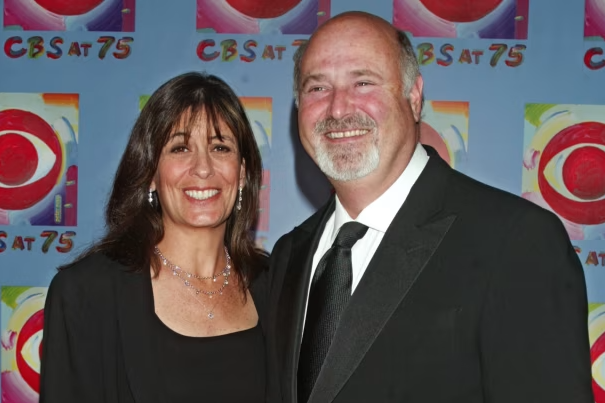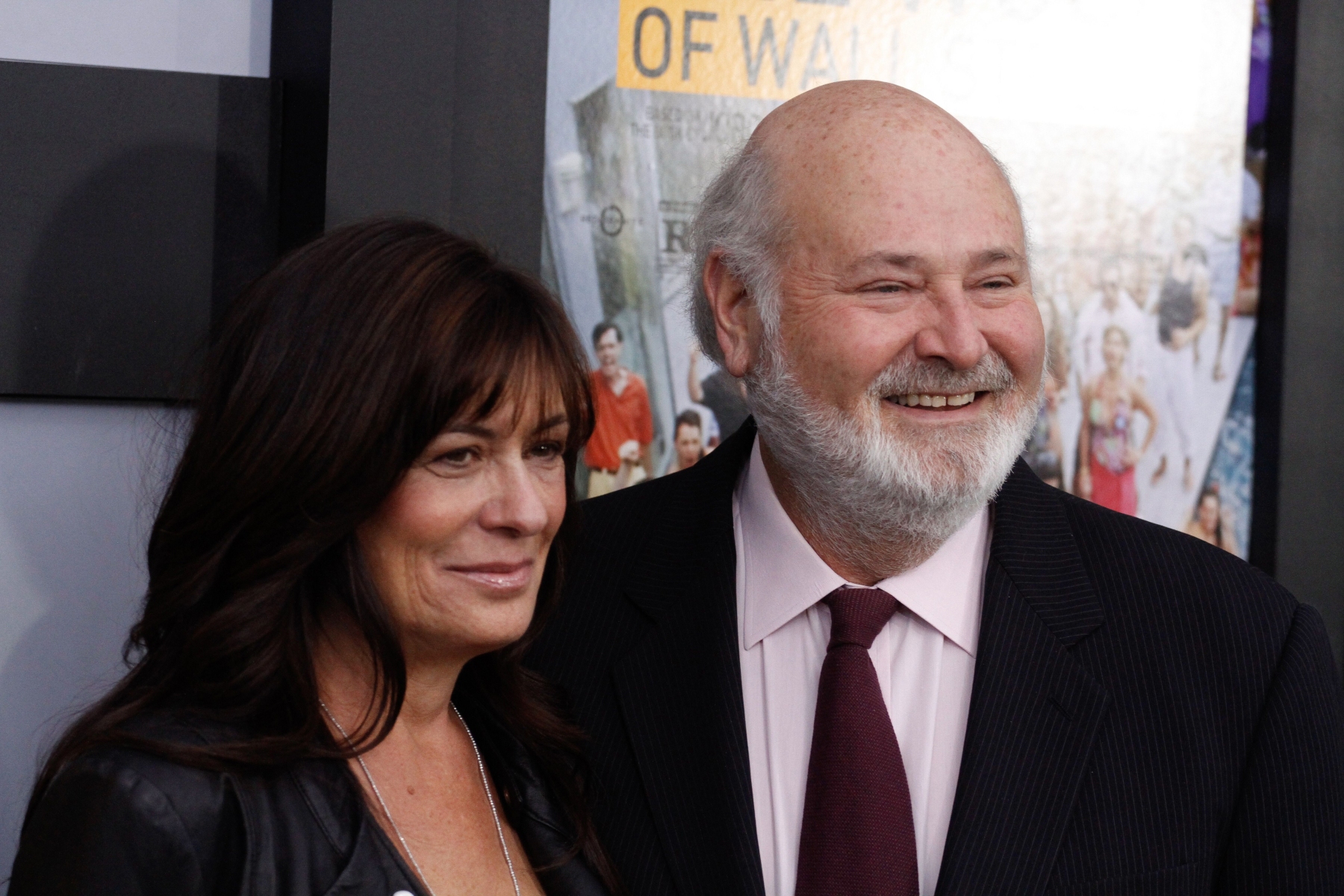
This article is more than
6 year oldWhy US death row inmates choose electric chair

Double murderer Stephen West is said to be favourably eyeing the old electric chair at Tennessee’s Riverbed Maximum Security Institution for his forthcoming execution.
Because he committed his murders before 1999, he can choose between lethal injection, Tennessee’s primary method of executing its death row prisoners, or the back-up method, the chair.
Now aged 56, West has already legally objected to the lethal injection method, claiming the current drug protocol causes cruel and unusual punishment and a lengthy, painful death.
West is set to die on August 15 for the 1986 torture murders of Wanda Romines, 51, and her 16-year-old daughter Sheila, who was also raped.
If West chooses the electric chair, he will be following his fellow Riverbend death row inmates, Edmund Zagorski, who was electrocuted last November, and David Earl Miller in December.
But electric chairs have had a bad rap since the 1990s when smoke and flames shot from the heads of two different inmates who were put to death in Florida’s “Old Sparky”.


In a 1999 electrocution, blood spilt from under an inmate’s mask as the death sentence took place.
The electric chair at Riverbend prison, a high-risk facility on half a square kilometre inside the giant loop of the Cumberland River just outside Nashville, is a historic item with parts possibly dating back to the 1800s.
Tennessee’s “Old Sparky” was built by controversial execution device specialist Fred Leuchter 30 years ago.
Leuchter used the old back legs from the state’s original electric chair, that had been retired after 125 electrocutions.
That chair’s legs had incorporated wood from the gallows at Tennessee State Penitentiary, which opened in 1898 and hanged prisoners until 1913.
Last year, before the electrocution of Zagorski, who killed two men in a botched drug deal, Leuchter expressed concern his chair would work.
Fred Leuchter is a self-proclaimed engineer who built and renovated gallows, gas chambers and lethal injection devices in 27 US states between 1979 and 1990.
He was ostracised after proclaiming the Auschwitz-Birkenau concentration camps had no gas chambers, and it emerged he was not a trained engineer but “self taught”.
A documentary about his life Mr Death: The Rise and Fall of Fred A. Leuchter Jr. was made in 2000.


Leuchter revealed he had learnt on the job, accompanying his father as a superintendent in Massachusetts state prison from the 1940s when Fred was aged four to 16 years old.
When the chair he rebuilt in 1988 was set to be used for the execution of Edmund Zagorski last November, Leuchter expressed concern.
Thirty years ago, Leuchter had replaced the previous chair’s electrodes, as well as the leather straps used to tether condemned men with quick-release nylon belts, to allow swift removal of bodies after execution.
He trained prison workers and gave them certificates as “electrocution technicians”.
But after his Holocaust denial, Leuchter himself was replaced as the go-to execution specialist.
In 2007, as it prepared to execute Gulf War veteran and child killer Daryl Holton in Leuchter’s chair, Tennessee hired a trained electrical engineer.
The engineer reduced the voltage from 2,640 to 1,750, raised the amperage (the strength of the electric current) from five to seven.
The timing was changed from two, one-minute jolts separated by a 10-second pause, to a 20-second and 15-second jolt with a 15-second pause.



It worked, but last year Leuchter came out saying it only did so because Tennessean authorities “were lucky” and he believed the chair was “defective and shouldn’t be used”.
The chair was inspected on Oct. 10 of this year and found to meet the criteria for an execution, state documents show.
“What I’m worried about now is Tennessee’s got an electric chair that’s going to hurt someone or cause problems. And it’s got my name on it,” he said. “I don’t think it’s going to be humane.”
But after the long, torturous death by lethal injection last August of Billy Ray Irick — who took 20 minutes to die — death row inmates were willing to give the old chair a chance.
Controversy over Tennessee’s three-drug lethal injections and similar protocols in other states follow the withdrawal of the drug sodium thiopental by its US manufacturer.
RELATED: Gruesome death: Ghastly execution deaths become the norm
Hospira ceased production at its North Carolina plant in 2011 due to contamination issues.
When it tried to restart production near Milan, the Italian government refused a licence for the purpose of execution.
The state of Oklahoma switched to pentobarbital, other states went for different drugs with Tennessee settling on the sedative Midazolam, followed by vecuronium bromide and potassium chloride to cease lung and heart function.


Ahead of Billy Ray Irick’s execution, no-one had any sympathy for the man who had fought against dying for his crimes of raping, sodomising and strangling seven-year-old Paula Dyer as he babysat her.
But the spectre of Irick thrashing about, coughing, choking, gasping for air and turning dark purple offended the sensibilities of state executions and ignited fear in death row populations.
Approximately 60 inmates lived on death row in the state of Tennessee.
Four years ago, Tennessee’s Republican Governor Bill Haslam signed a bill authorising the state to use the electric chair if the drugs needed for lethal injection were unavailable.
After spending 36 years on death row, David Earl Miller tried to argue in court against his execution, on the grounds lethal injection was painful.
A violent alcoholic drifter, Miller murdered Lee Standifer, a naive 23-year-old, in a horrific attack in Knoxville in 1981 while they were on a date.
Miller smashed Ms Standifer’s head in with a fire poker he used to hammer through her neck, chest, stomach and mouth, then dumped her body in the woods.
Last year the US Supreme Court rejected Miller’s final appeals, and Governor Haslam declined to intervene.
Around 7pm on December 6 last year, 61-year-old Miller was taken to Riverbend’s death chamber wearing a cream-coloured jumpsuit.


Source:Supplied
He was strapped into the electric chair and wet sponges were applied to his head to carry the electricity.
Asked if he wanted to say anything, Miller mumbled, and he was asked again.
His attorney said Miller had replied, “beats being on death row”.
Dripping with water from the sponges, Miller looked down at his lap.
A shroud was placed over Miller’s head, and two jolts of electricity were administered, causing his muscles to clench.
Blinds were lowered in the chamber and he was pronounced dead.
In a statement to an appeals judge last year, Edmund Zagorski said he would prefer to die via electrocution as the method was the “lesser of two evils”.
In May this year, Donald Edward “Donnie” Johnson chose lethal injection for his execution.
The family of Wanda and Sheila Romines have told US media they don’t really care how Stephen West dies, as long as he does.
Eddie Campbell is the official Tennessee state next-of-kin for Wanda and Sheila Romines.


Mr Campbell promised his close friend and distant relative, Jack Romines, to see through West’s execution before Jack’s death in 2004.
The murders took place at the home Jack shared with his wife Wanda and two daughters.
After Jack Romines left for work at 5.20am on March 18, 1986, 23-year-old West and his co-worker, 17-year-old Ronnie Martin knocked on the Romines door.
Martin was a classmate of Sheila Romines, who had rejected his advances.
Between 6am and 8.30am Wanda was made to watch her daughter’s rape before both were stabbed to death in “torture type” wounds.
“I don’t care what [execution method] they use,” Mr Campbell told Tennessee’s WBIR-TV.
“If it was me and I was in that situation, I would choose the fastest method.
“How ever they want to do it, it needs to be done.
“This has been a long time coming. Either have the death penalty or don’t have it.
“Don’t have the death penalty and then take such a long time to carry out the sentence that you keep everyone in limbo and make families continue reliving these tragedies with every appeal.”




